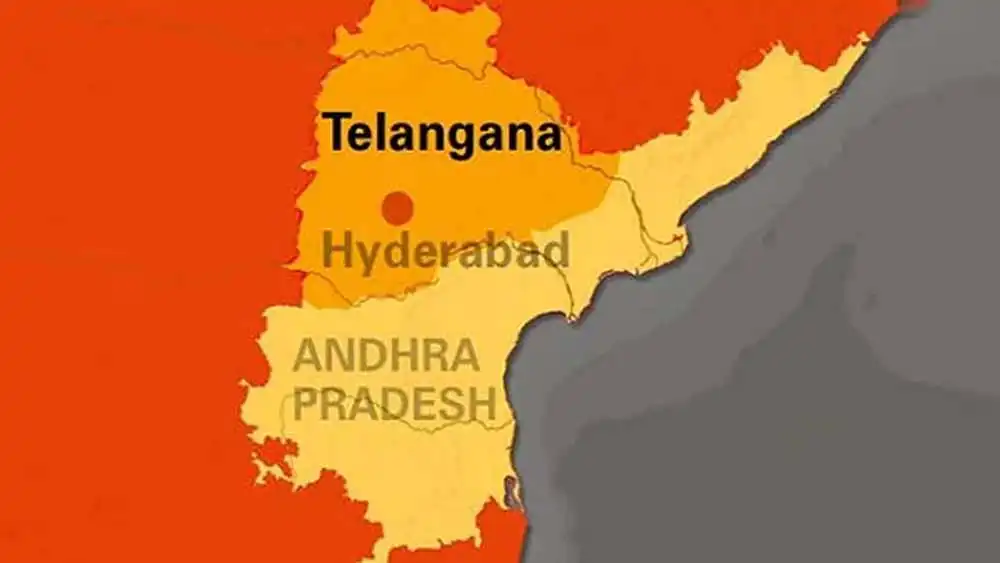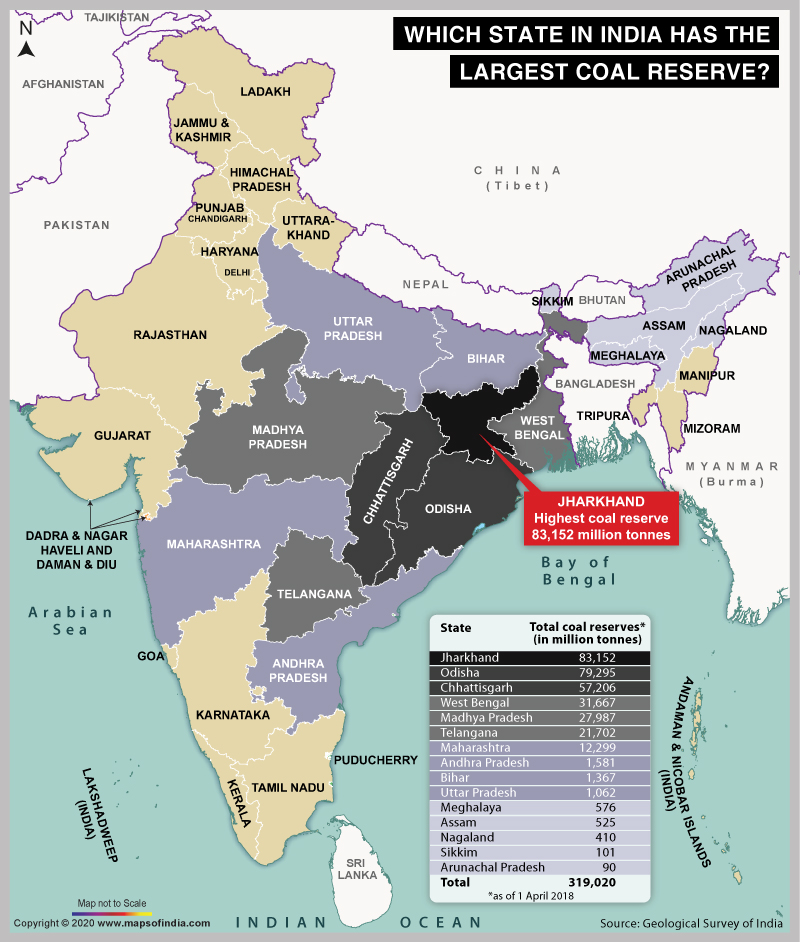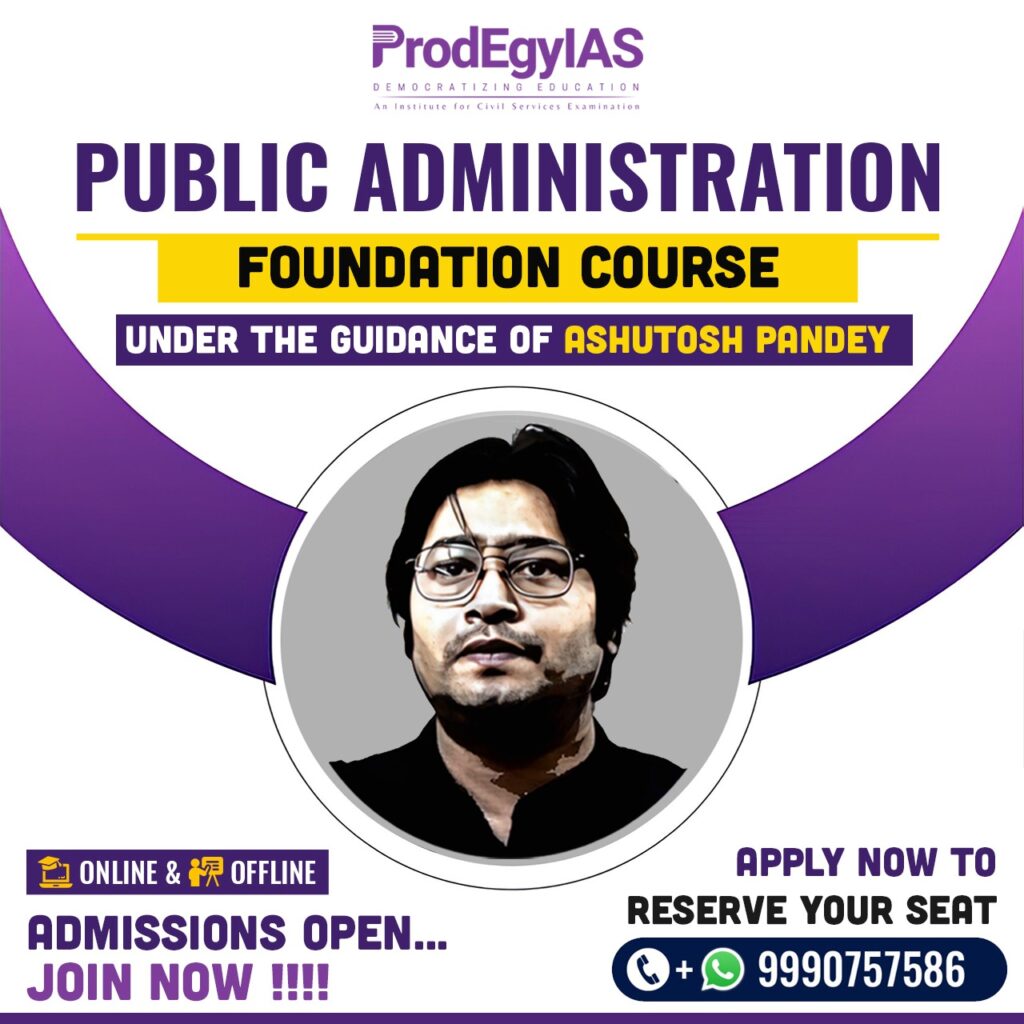Hyderabad ceases to be shared capital from today; bifurcation issues still pending

- End of Shared Capital Status: Starting June 2, Hyderabad will no longer serve as a common capital and will be solely the capital of Telangana.
- Infrastructure Transfer: Infrastructure in the twin cities currently managed by Andhra Pradesh (A.P.) will be taken over by the Telangana government.
- Building Vacations: Andhra Pradesh has agreed to vacate all buildings except those housing Schedule IX and Schedule X institutions.
‘T.N. Forest dept. has formed 20 village panels to protect mangrove cover’
IUCN Assessment
- Critically Endangered Mangroves: The International Union for Conservation of Nature (IUCN) has classified mangroves in coastal regions of Tamil Nadu, Sri Lanka, and the Maldives as ‘critically endangered’ in its first global assessment of mangrove ecosystems.
- Global Context: Out of 36 geographical areas with tropical, sub-tropical, and warm temperate coasts worldwide, only South India, Sri Lanka, the Maldives, and the north-western Atlantic region with a warm temperature have been tagged as critically endangered by the IUCN.

Tamil Nadu’s Initiatives
- Increase in Mangrove Coverage: According to the Indian State of Forest Report, the mangrove area in Tamil Nadu has doubled from 23 sq.km. in 2001 to 45 sq.km. in 2021.
- Community Involvement: The Tamil Nadu Forest Department has established 20 village mangrove committees to help protect mangrove cover.
- Government Efforts: The State government is acknowledging the role of local communities in mangrove conservation and ensuring their scientific management.
- Importance of Mangroves: Mangrove ecosystems are crucial for biodiversity conservation, providing essential goods and services to local communities, and mitigating climate change.
- Additional Threats: Apart from climate change, mangroves face additional threats from sea-level rise and the increasing frequency and severity of cyclonic storms.
Archaeologists, Sanskrit scholars tie up to decipher Rigveda text
News Context
- Collaboration with Scholars: A group of archaeologists is now working with Sanskrit scholars to decipher the text of the Rigveda.
- Purpose: The research aims to explore the potential relationship between the Harappan civilization and the Vedic people.
- Key Locations: Understanding the Rigveda texts is crucial to correlate archaeological evidence found in excavations at sites such as Rakhigarhi and Banawali in Haryana, Kalibanga on the Haryana-Rajasthan border, and Dholavira in Gujarat.

More Research Needed
- Indigenous Harappans: The National Council of Educational Research and Training (NCERT) has added in its textbook that the Harappans were indigenous people based on DNA evidence, though more research is necessary.
- Evidence of Rituals: During excavations at Rakhigarhi, evidence of ritual platforms and fire altars was found, mirroring fire worship mentioned in Rigvedic texts.
- Debate on Vedas: There is a debate among historians about the period of origin of the Vedas. One group suggests the Vedas originated between 2,000 and 1,500 BC, while another group believes they date back to 2,500 BC or 4,500 years ago.
- Genetic Evidence: DNA analysis of samples from the Rakhigarhi site found genetic similarities between 3,000 modern South Asians from various linguistic and religious backgrounds and the Harappan woman’s skeleton.
A Common Thread in Texts
- Reference to Saraswati River: The Rigvedic texts often describe the Saraswati River, mentioning it at least 71 times.
- Archaeological Evidence: A majority of Harappan settlements were found along the banks of the Saraswati River.
- Distribution of Settlements: Of the nearly 2,000 known Harappan settlements across the Indus Basin and Gujarat, approximately two-thirds, or at least 1,200, are situated along the Saraswati River basin.
- Potential Link: A set of animal bones found and studied in the Surkotada region of Kutch, Gujarat, may provide further connections between the Harappans and Vedic times.
What grade of coal does India produce?
The Story So Far
- Report Release: A report released by the Organized Crime and Corruption Reporting Project (OCCRP), backed by billionaire hedge fund manager and philanthropist George Soros, alleges that in 2014, the Adani Group misrepresented coal quality and inflated its value.
- Allegations Against Adani Group: The report claims that the Adani Group imported ‘low-grade’ coal from Indonesia, labeled it as ‘high-quality’ coal, and sold it to Tamil Nadu’s power generation company, TANGEDCO.

What is ‘High Grade’ and ‘Low Grade’ Coal?
- Coal Gradation by GCV: The Gross Calorific Value (GCV) determines coal’s grade, which is the amount of heat or energy generated when burned.
- Quality Scale: Coal quality varies, with grade 1 or top-quality coal yielding more than 7,000 kcal per kilogram, and grade 17 producing between 2,200-2,500 kcal per kilogram.
Usage Differences:
- Coking Coal: Required for producing coke, a crucial steel-making component with minimal ash content.
- Non-Coking Coal: Despite its ash content, it can be used for running boilers and turbines.
Characteristics of Indian Coal
- Calorific Value and Ash Content: Indian coal is characterized by a high ash content and low calorific value compared to imported coal.
- Calorific Value: The average GCV of domestic thermal coal ranges from 3,500-4,000 kcal/kg, compared to imported thermal coals which average +6,000 kcal/kg.
- Ash Content: Indian coal has an average ash content of over 40%, while imported coal generally contains less than 10%.
- Environmental Impact: High-ash coal, when burned, contributes to higher particulate matter, nitrogen, and sulfur dioxide emissions.
Control of the Imports
- Government Intervention: Since 1954, the government has controlled the pricing of coal, disincentivizing the use of high-grade coking coal for power generation.
- Use of Imported Coal: To balance the needs of coal production, power generation, and pollution control, the government has recommended the use of imported coal.
- Blending Recommendations: In 2012, the Central Electricity Authority (CEA) suggested that a 10-15% blend of imported coal could safely be used in Indian power boilers.
Clean Coal
- Enhanced Carbon Content: Clean coal is achieved when the carbon content is increased by reducing its ash and moisture content.
- Washing Plants: Coal plants have ‘washing plants’ on-site to process the coal, reducing ash and moisture content.
- Coal Gasification: This method involves converting coal into gas, bypassing direct burning. The resulting syngas, a mixture of carbon monoxide, hydrogen, CO2, and water vapor, is then cleaned and burned in a gas turbine to generate electricity.
What is the Future of Coal in India?
- Coal Production: In 2023-24, India produced 997 million tonnes of coal, an 11% increase over the previous year. Most of this is produced by the state-owned Coal India Ltd.
- Energy Economy: Despite commitments to transition towards renewable energy, coal remains the cornerstone of India’s energy economy.
- Power Capacity Share: In the first quarter of this year, the share of coal (including lignite) in total power capacity dropped below 50% for the first time since the 1960s.
Is a future Palestine state possible?

The Story So Far
- Hamas’s October 7, 2023 Attacks: The Hamas attacks in Israel and the ongoing Israeli war on Gaza have brought renewed attention to the Palestine question in West Asia.
- Impact on Gaza: The war has resulted in significant destruction of Gaza and the deaths of approximately 36,000 people. This has prompted more countries to voice support for a future Palestinian state.
- International Recognition: Recently, Spain, Ireland, and Norway have recognized the state of Palestine.
- Regional Perspectives: Arab countries, including Saudi Arabia and Jordan, emphasize that there can be no lasting peace in the region unless the Palestine question is resolved.
What’s the Two-State Solution?
- Division of Historical Palestine: The idea is to divide historical Palestine, which lies between the Jordan River and the Mediterranean Sea, into two states—a Jewish state (Israel) and an Arab state (Palestine).
- Israeli Occupation: Israel was established as a Jewish state in Palestine in 1948, but the Palestinian territories have been under Israeli occupation since 1967.
- Creation of Palestine: A two-state solution involves the establishment of a legitimate, sovereign Palestinian state, enjoying full rights under the UN Charter, alongside the State of Israel.
Origin of the Issue
- 1930s British Rule: The roots of the two-state solution trace back to the 1930s when the British governed Palestine.
- Lord William Robert Peel’s Commission: In 1936, the British government appointed Lord William Robert Peel to investigate the cause of Arab-Jewish clashes. The commission proposed a partition of Palestine into Jewish and Arab states, with Jews comprising about 28% of the population.
- UN Special Commission on Palestine (UNSCOP): After World War II, UNSCOP suggested a partition plan to divide Palestine into three territories—Jewish, Arab, and an international zone (Jerusalem). The Jewish state, with approximately 32% of the population, was to receive 56% of the land as per the UNSCOP plan.
Response to the Plan
- UN General Assembly Resolution 181: The partition plan was adopted by the UN General Assembly.
- Rejection by Arabs: The partition plan was rejected by the Arab states and India, while the Zionist leadership of Israeli settlers accepted it.
- Declaration of Israel: On May 14, 1948, the Zionists unilaterally declared the state of Israel, prompting the first Arab-Israeli war.
- Territorial Expansion: By 1949, Israel had captured 22% more land than the UN had proposed in the plan.
International Legitimacy
- 1967 Six-Day War: During the conflict, Israel captured several territories:
- West Bank and East Jerusalem from Jordan
- Gaza Strip and Sinai Peninsula from Egypt
- Golan Heights from Syria
- Israel retained control over these areas except for the Sinai Peninsula, which was returned to Egypt following the 1978 Camp David Accords.
- Palestine Nationalism: In the 1960s, the Palestine Liberation Organization (PLO) emerged as a strong nationalist movement. Initially, the PLO sought to “liberate” the entirety of Palestine but later accepted the idea of a two-state solution based on the 1967 borders.
- Israeli Rejection and Recognition: Initially, Israel rejected any Palestinian claims to the land and considered the PLO a terrorist organization. However, in the Camp David Accords following the 1973 Yom Kippur War, Israel accepted the Framework for Peace in the Middle East, marking a shift in attitude towards Palestinian claims.
The Framework
- Self-Governing Authority: Israel agreed to establish an autonomous Palestinian authority in the West Bank and Gaza Strip and to implement UN Resolution 242, which demands Israel withdraw from the territories it captured in 1967.
- Foundation for Oslo Accords: The Framework laid the groundwork for the Oslo Accords, signed in 1993 and 1995, which formalized the two-state solution.
- Palestinian National Authority: Under the Oslo process, a Palestinian National Authority was established in the West Bank and Gaza Strip. The PLO was recognized internationally as the representative body of the Palestinians.
- Promise Not Fulfilled: The promise of creating a sovereign Palestinian state that would coexist with Israel in peace has not materialized.
Hurdles in Achieving the Two-State Solution
- Assassination of Yitzhak Rabin: The assassination of Israeli Prime Minister Yitzhak Rabin in 1995 by a Jewish extremist marked the first setback for the Oslo process.
- Rise of Hamas: The emergence of Hamas, a militant Islamist group, has opposed the Oslo Accords and contributed to derailing the peace process.
- Settlements: Roughly 700,000 Jewish settlers live in the West Bank and East Jerusalem, complicating the implementation of the agreement.
- Jerusalem: Palestinians seek East Jerusalem, which houses Al Aqsa, Islam’s third holiest mosque, as the capital of their future state. Israel maintains that all of Jerusalem, which houses the Western Wall (the holiest place in Judaism), is its eternal capital.
- Refugees: Israel refuses to allow Palestinian refugees, who have a right to return to their homes, back into Israel.
- Structural Factors: In addition to these issues, Israel’s right-wing leadership shows no willingness to make any concessions.






